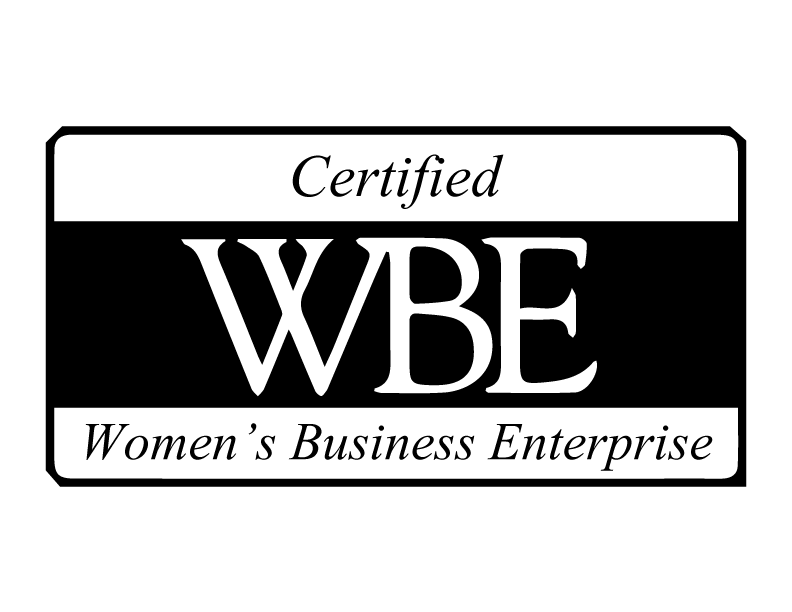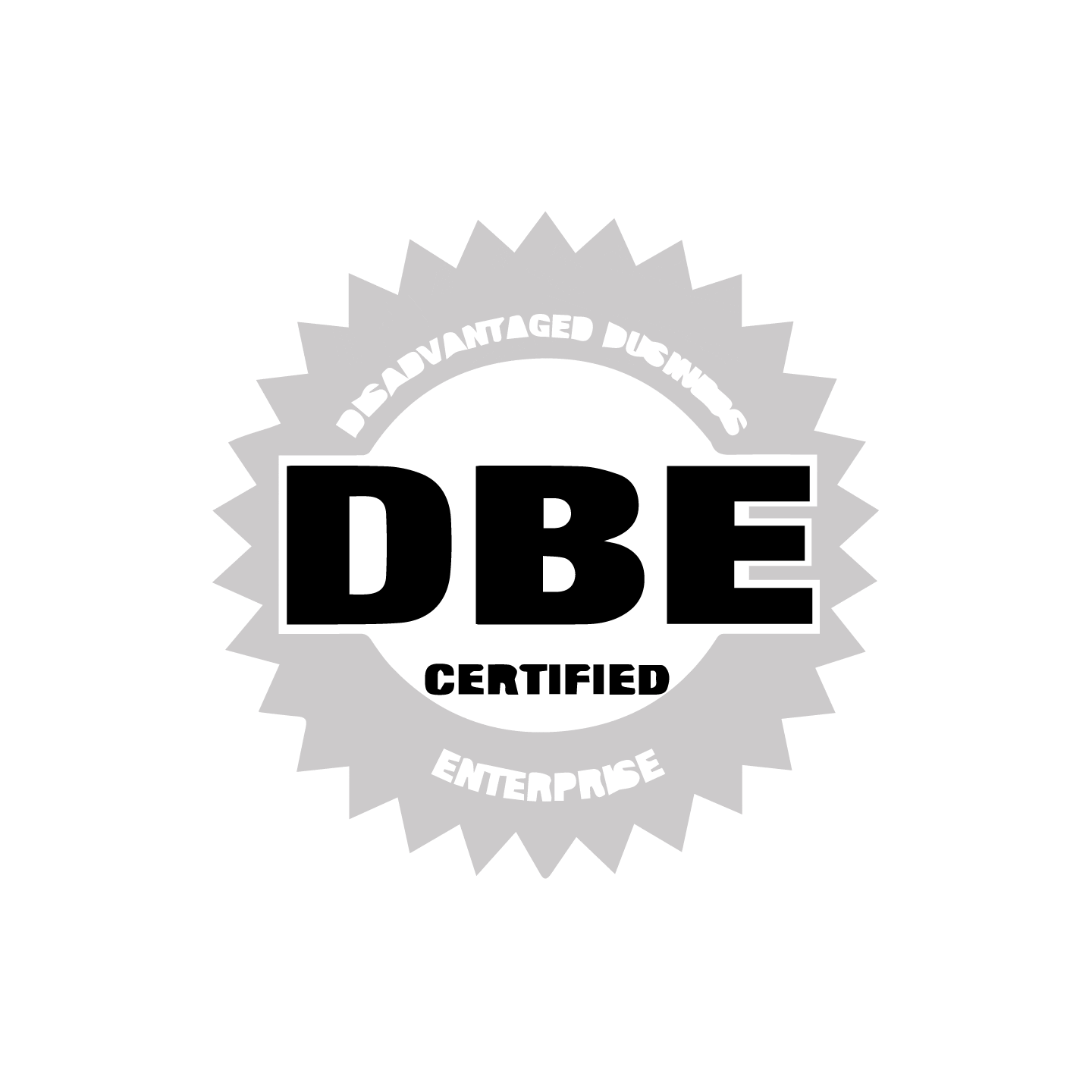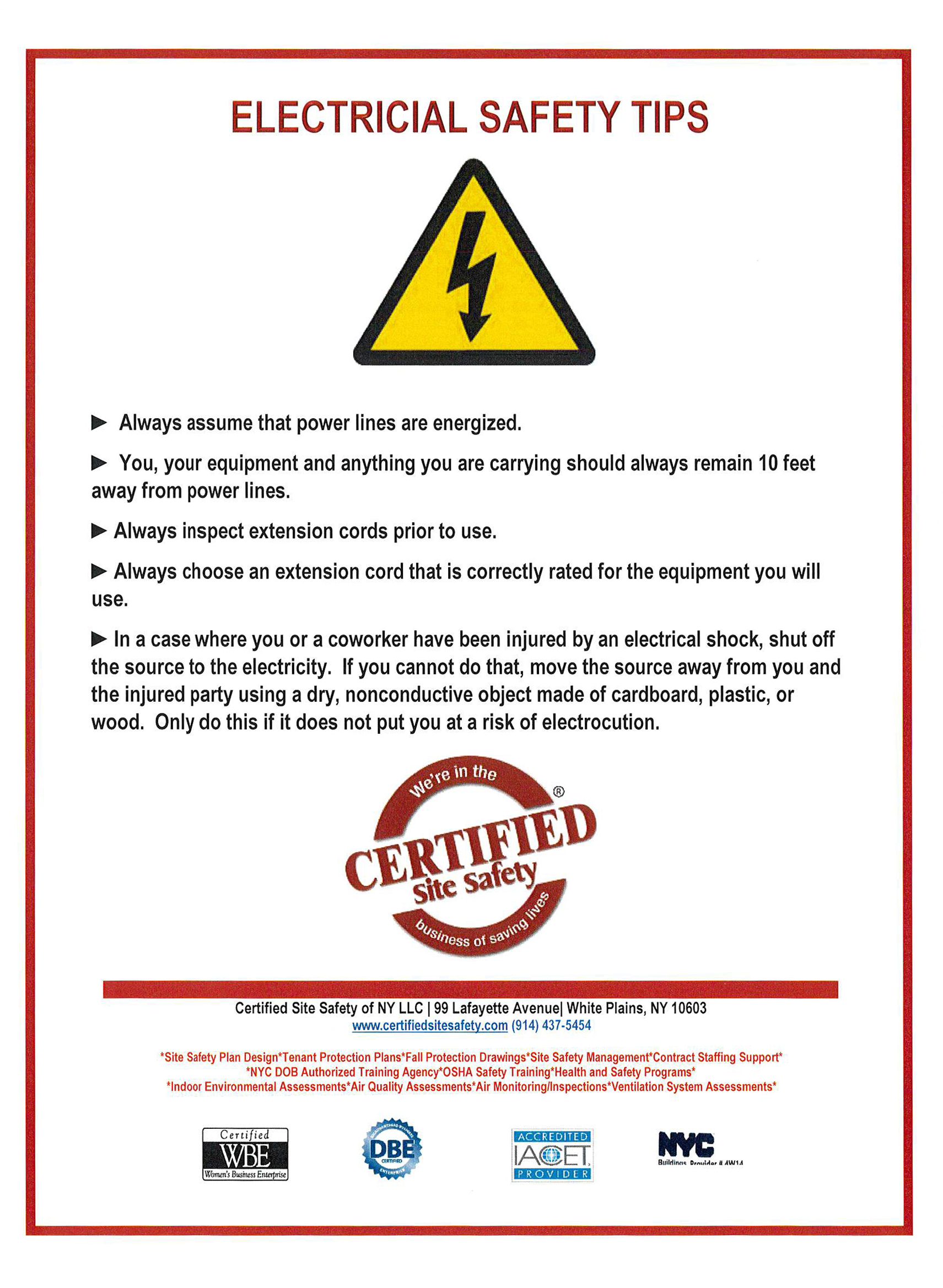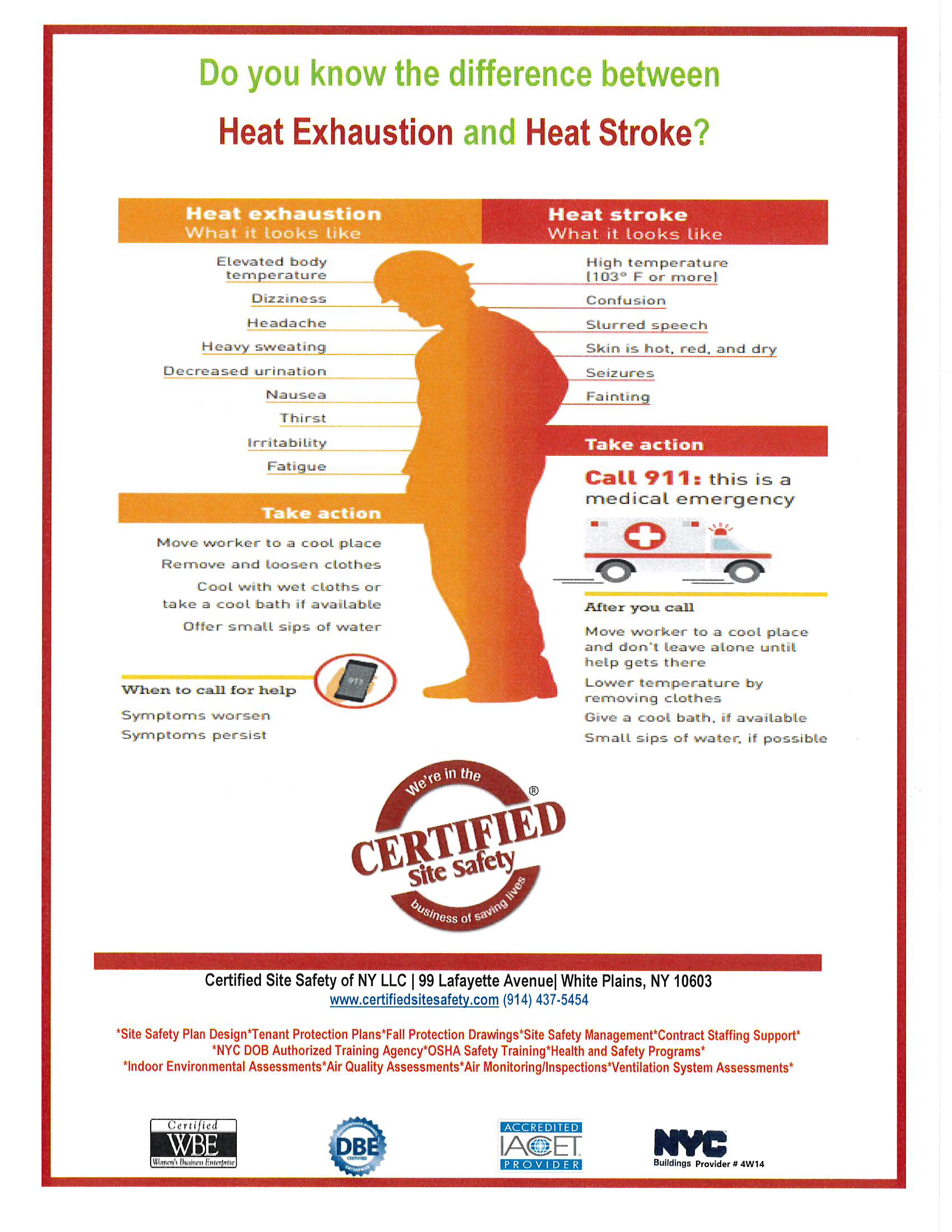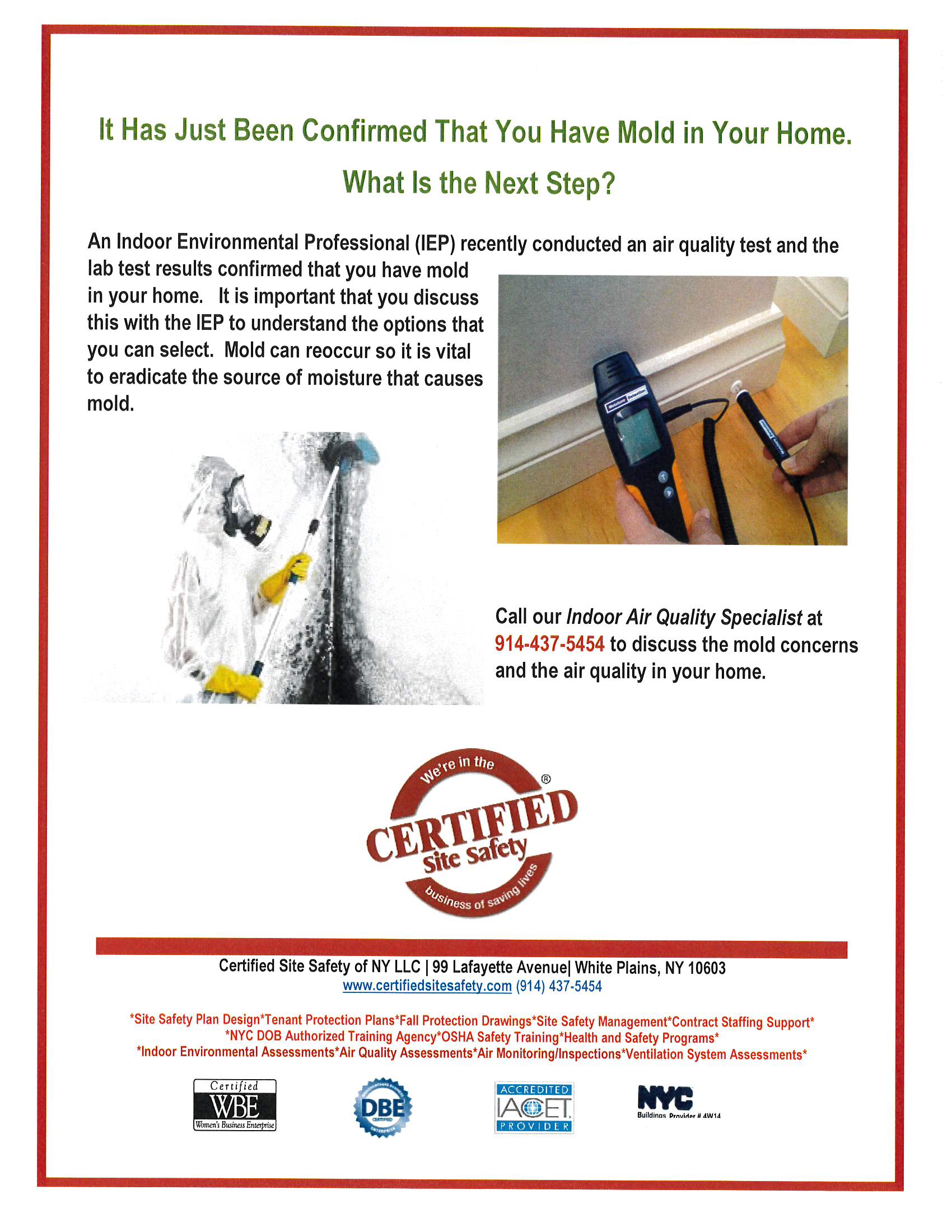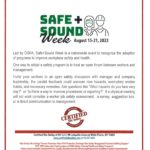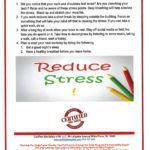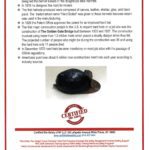Blog
Steps To Control Indoor Air
Ladder Safety
Electrical Safety
Women in Construction Week
Difference between Heat Exhaustion & Heat Stroke
Trench Safety
One of the most dangerous jobs in construction is working in a trench.
Imagine working in a place surrounded by loose soil, weighing between 90 and 140 pounds per cubic foot. That means one cubic yard of soil can weigh as heavy as a small pickup truck! With this in mind, if a person ever gets buried, there’s little to no chance of survival.
Luckily, the National Utility Contractors Association (NUCA) declared Jun 20, 2022, “Trench Safety Month.” Aside from raising awareness, this declaration of safety for trenching further highlights NUCA’s innovative program, the “Trench Safety Stand Down” week, which will be held from June 20 to 24, 2022. This event aims to prevent accidents, deaths and spread awareness about the many trenching hazards on the job site.
NUCA has held “Trench Safety Stand Down (TSSD) Week” every June since 2016 for the utilities construction sector. And this year’s event will take place at hundreds of job sites: from upstate New York down to the warm beaches of Florida, reaching and helping thousands of workers. The TSSD Week consists of a series of events planned by NUCA and other industry groups to convey the importance of safety while working at job site trenches and excavations.
Several things can go wrong in a trench work, such as the collection of liquid or vapor, the entry of objects like pipes or boulders that are “stored” around the edge, the lack of space for moving equipment, and cave-ins while people are working. Recognizing the risks and elements of safe work procedures needed for routine work or readiness in emergencies will help lower the risk of getting injured.
The Occupational Safety and Health Administration (OSHA) lists the five most important things to keep in mind when working near trenches:
- Ensure there is a safe way to get in and out of the trench.
- Provide protection against cave-ins
- Keep things away from the sides of the trench at all times.
- Find out if there is any standing water or atmospheric dangers.
- Don’t go into a trench that hasn’t been inspected.
The most effective way to keep trench walls from collapsing is to slope or bench them, shore them up with supports, or shield them with trench boxes.
The best method to mitigate the hazards associated with this industry is to educate and reinforce employees through activities like TSSD Week.
Mold Discovery
If your lab tests confirm that you have a presence of mold in your house, you should speak with a local Indoor Environmental Professional (IEP) in New York about your options as soon as possible. To prevent mold from reoccurring, you need to eliminate the source of moisture where they grow. You’ll need remediation if mold levels are abnormally high.
Mold remediation is the process of eliminating and cleaning mold-contaminated areas. It is a thorough cleaning process that requires the expertise of a professional to guarantee that all mold in your home has been cleared and will not return.
The Mold Remediation Process
Every mold problem is different, but having a professional remove the mold will ensure you don’t have any more issues in the future.
To get rid of mold, a professional will go through these steps:
Source Identification
The first step in dealing with mold is identifying and repairing the source of the water problem. Mold spores thrive in a moist environment, and if the moisture issue is not eliminated, then mold will continually spread.
Isolation
Once the source of the water damage has been fixed, professionals will seal off the moldy areas to stop mold spores from spreading to other parts of the property. They’ll seal windows and other openings and cover them with plastic sheeting for added protection. Containment and isolation are vital to minimize the possible impacts of cross-contamination on other areas.
Removal and Cleanup
Mold in your home can be found on any moist or porous surface. Mold remediation may require removing carpets, drywall, or insulation, depending on the severity of the problem. To avoid the spread of spores, experts carefully bag up and remove all contaminated materials.
Mold spores spread through the air; therefore, a specialist will spray or use a different technique to eradicate them from the affected areas. Then, spores are removed by vacuuming and scrubbing all non-porous surfaces. There should be no visible mold left in the place after this step is completed.
Drying
All materials must be allowed to dry to ensure that no moisture remains. Professionals usually utilize dehumidifiers or fans to speed up this process.
Replacing Contaminated Materials
It is necessary to replace any discarded materials that have mold damage. Homeowners may have to replace drywall or carpet because these materials frequently need to be removed entirely to keep mold at bay.
How Long Does the Remediation Process Take?
The remediation process usually takes one to five days to complete. How long it takes to get rid of the mold depends on its severity, how long it’s been there, what kind of material it’s contaminated, and where it’s growing.
What is Mold?
Mold spores are pervasive fungi with more than 100,000 varieties that usually feed on rotten wood. They grow on damp surfaces caused by water leaks, and they can lie dormant for an indefinite amount of time and start actively growing when the environment changes.
Spotting black mold in your home, whether in the bathtub or basement, can be an unpleasant sight. You might dismiss them at first since they can be tricky to spot, but this isn’t advisable as they can spread throughout your home if ignored—making them more challenging to remove later.
If your home has a widespread mold outbreak, hiring a professional mold remediation agency to solve it is the best solution. As we’ve mentioned earlier, when neglected, mold spores can cause massive damage to your home’s structure and cause health issues.
Property Damage
Regardless of the variant, mold eats away several materials like wooden studs in walls, flooring, ceiling tiles, carpets, and wallpapers. It might also cause destruction enough to make ceilings collapse, flooring cave in, and walls fall if left uncontrolled.
The existence of mold may make you feel unhinged after reading all these, but these effects don’t happen overnight. Whether you live in an apartment in New York or a cozy home down in Alabama, you can easily prevent mold growth if you act fast enough!
Health Issues
Mold can also be detrimental to your health, especially if you’re allergic to it. If you happen to inhale mold or its spores, you may experience particular illnesses similar to the symptoms of hay fever. After all, mold exposure can cause sneezing, a runny nose, red eyes, and skin rash.
It can be worrying as mold spores are invisible to the naked eye, yet they can trigger significant health issues.
Mold Remediation
Luckily, you can prevent mold growth with mold remediation. This process involves removing moldy porous materials like drywall. It may also include washing and disinfecting rugs and other salvageable belongings. Mold remediation is one of the most efficient ways to handle mold as it often targets the root cause of its growth.
Mold remediation is arguably the best option, whether dealing with a cracked foundation or a leaky pipe! A professional should carry this treatment out to ensure that all mold in your home is removed and that it does not resurface.
Although the outcome is certain, mold remediation may seem grueling and time-consuming since you need to remove contaminated portions first and have them cleaned. But with the proper assistance from professionals, you can complete mold remediation hassle-free.
If you’re concerned about mold growth on your property, you can contact one of the most reliable mold removal services in New York.
HVAC Checkup
Regular maintenance of your HVAC system and its space are crucial for your safety and well-being. HVAC systems tend to collect dust, which may contain toxic air-borne elements that can be blown throughout the ducts and affect your family’s health.
Benefits of Regular HVAC System Maintenance
Like how you wouldn’t drive your car without ever changing the oil, you shouldn’t run your HVAC system without maintenance. With this in mind, you should ensure that your HVAC system gets regular preventative checkups.
There are numerous benefits to having your HVAC system checked regularly, including:
Identifying minor problems before they become serious issues
There are often warning signs for HVAC problems that only a trained professional can notice. An experienced HVAC technician can go through troubleshooting steps to find minor problems. This process can prevent minor issues from worsening and save you from costly repairs.
Keeping your home comfortable and energy-efficient
To keep your home comfortable and reduce your energy costs, you should consider upgrading your heating and cooling system. A little “tune-up” can keep your system in top running condition, which you’ll greatly appreciate when your monthly utility bill comes in the mail!
Extending the lifespan of your heating and cooling system
For most homeowners, replacing their HVAC system is something they’d like to put off for as long as possible. Performing regular preventative maintenance can extend the life of your unit and increase the amount of time that passes between replacements.
Improving the air quality in your home. A poorly maintained heating and cooling system with clogged filters will release polluted air into your residence. In contrast, a well-maintained unit can improve air quality, which is crucial if some members of your family have allergies or asthma.
Increasing your family’s safety
A regular HVAC checkup can reveal some dangers the system could be hiding. Toxic carbon monoxide gas, for example, could seep into your home through a fracture in your furnace’s heat exchanger. Luckily, an expert can spot short circuits that could cause a fire during an HVAC service check on an electric-powered device.
Having peace of mind
It only makes sense to worry if your outdated HVAC system will last for another season. A maintenance check can reassure you that your device is ready to go. And if you need a replacement, you can do it before the hot or cold weather arrives.

